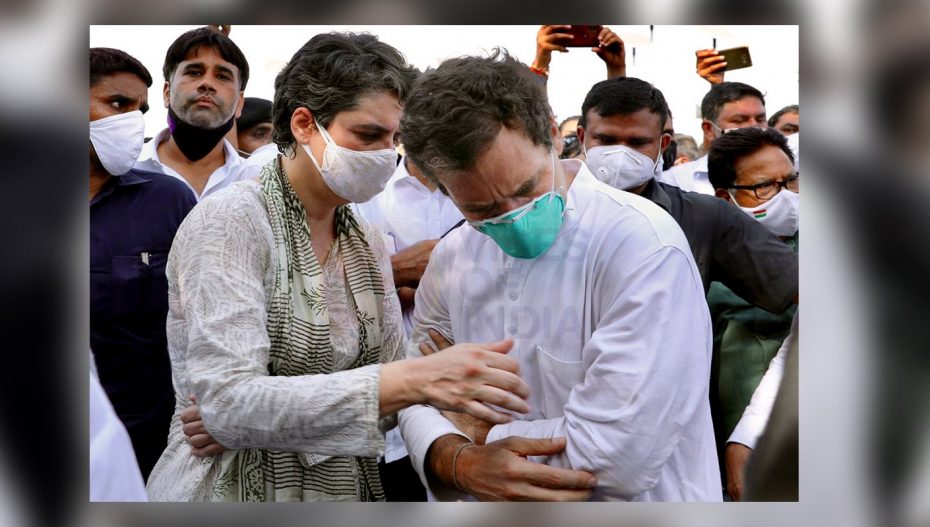The Congress has a history of Nehru-Gandhis working in pairs and Priyanka Gandhi Vadra and Rahul Gandhi are too close for friction over the party, says Rasheed Kidwai
Of late, there have been speculations of how Priyanka Gandhi Vadra and Rahul Gandhi think differently and want to pursue different, and often contradictory strategies in dealing with party members or forthcoming elections. In fact, in Haryana, Punjab, Rajasthan and Gujarat, there has been a buzz of how Rahul and Priyanka “prefer”different people for pending positions.
But the writing is clear on the wall. Priyanka and Rahul are too close for any type of friction.Priyanka Gandhi Vadra’s proactive role in combating the ongoing political crises in Punjab, Rajasthan and other issues confronting the Congress is aimed at strengthening Rahul Gandhi’s hands. And that’s it.
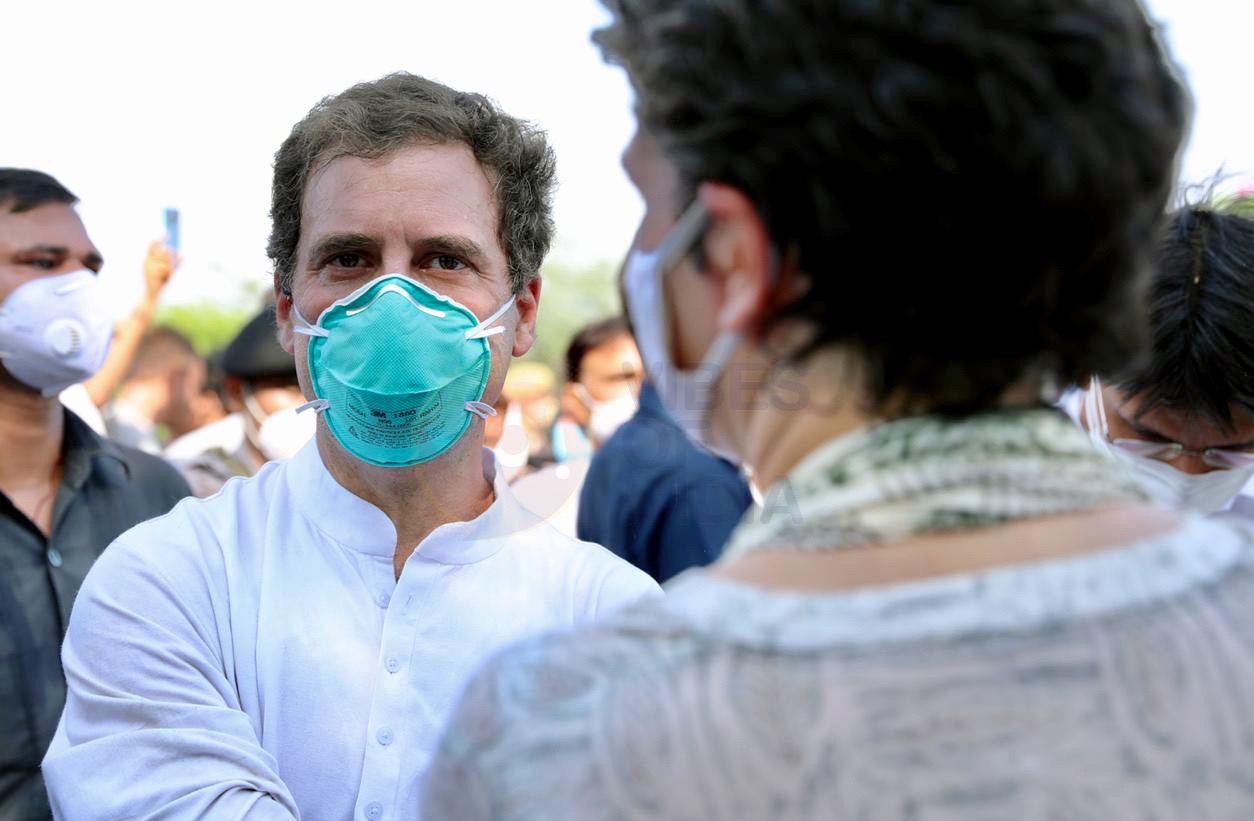
Often, there are journalists and so-called “sources”who claim “first hand knowledge”of what’s happening in Priyanka and Rahul’s lives and interactions. Do not believe these sources. A Priyanka-versus-Rahul scenario within the Congress is highly unlikely simply because the entire reason for Priyanka’s entry in politics has been to assist Rahul. The siblings’ relationship is so thick that there is little room for any third person — except perhaps for their mother, Sonia Gandhi — to intervene or guide.
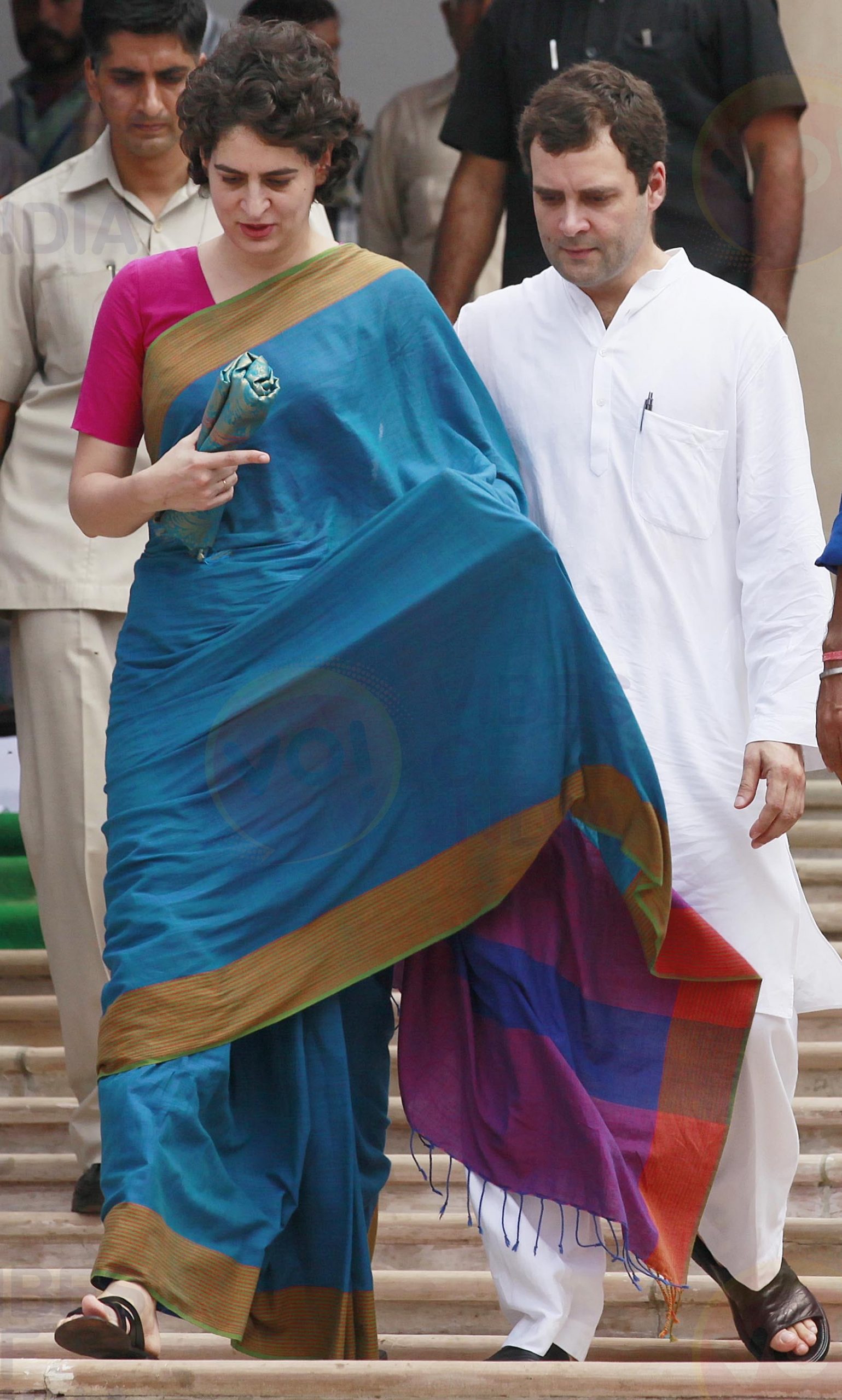
The buzz about Priyanka and Rahul Gandhi allegedly having some differences has gained currency due to some political wannabes who wish to be part of the Gandhis’ ecosystem. Also, by some leftovers, who have claimed to be a part of the inner circle but have never had direct access to either of the siblings.
Within the party, they are addressed as favourites, coterie, cabal, palace guards or gatekeepers, but the true positioning of these ‘unnamed sources’ inside 24 Akbar Road, 10 Janpath, Tughlak Crescent or Sujan Singh Park residences in New Delhi can never be established because the Gandhi trio — Sonia, Rahul and Priyanka — have largely remained media shy and function without personal media advisers or consultants. Several from Delhi have offered themselves but the trio does not entertain any self styled influencers, experts or analysts. Especially those who flaunt themselves on Twitter or are more into gossip than journalism.
In the 74 years of Independent India’s history, the Gandhis have led the Congress for 59 years.
Congressmen of all hues and shades look up to the Gandhi family members as unquestionable leaders and, in return, expect electoral success and power. From Jawaharlal Nehru to Indira Gandhi to Rajiv Gandhi and Sonia Gandhi, no Gandhi has failed or abruptly opted out of politics. As a result, Congress leaders blindly follow them and do not wish to look beyond the Gandhis.
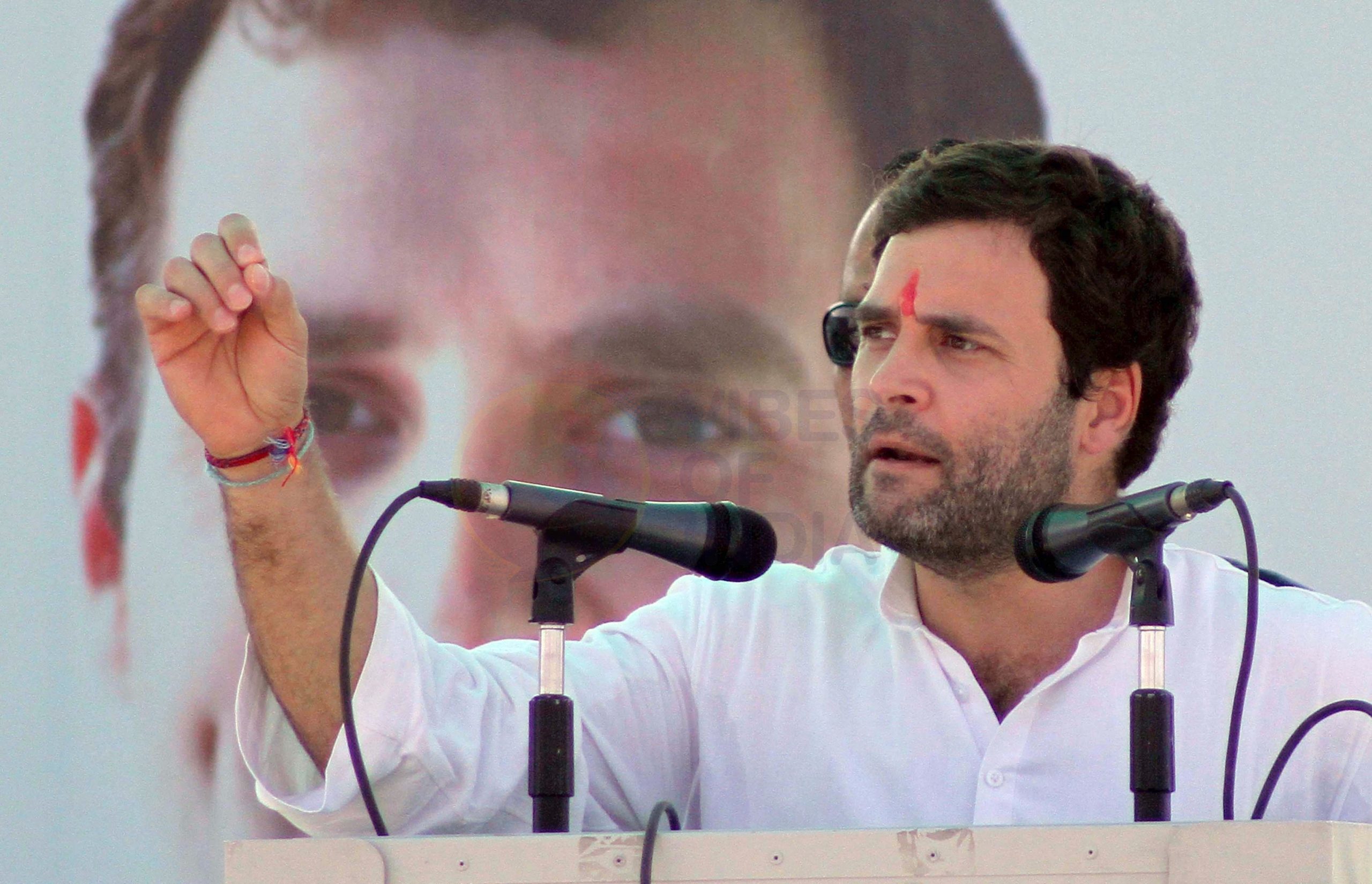
The Gandhis — like Rahul and now Priyanka — have to live with this illusion of grandeur and prove their party leaders’ political instincts right. The Congress, too, has a history of the Nehru-Gandhis working in pairs.
Indira, for instance, was Jawaharlal Nehru’s shadow through the years her father, the country’s first Prime Minister, was at the helm. In 1959, she became the party chief, much to the surprise of many in the Congress. Nehru’s detractors were critical of the move, but a large a section of leaders of that era felt that Indira had earned her spurs.
As All India Congress Committee (AICC) chief, she tackled the Kerala crisis, dismissing the elected government headed by E M S Namboodiripad, the country’s first communist chief minister, and recommended the creation of Maharashtra and Gujarat to end a linguistic dispute. Nehru was once asked about what he felt about Indira as party chief and the Prime Minister had remarked that it was not a great idea to be facing the Congress president at the breakfast table every morning.
When her term ended in 1960, the Congress Working Committee had requested her to continue, but Indira declined.
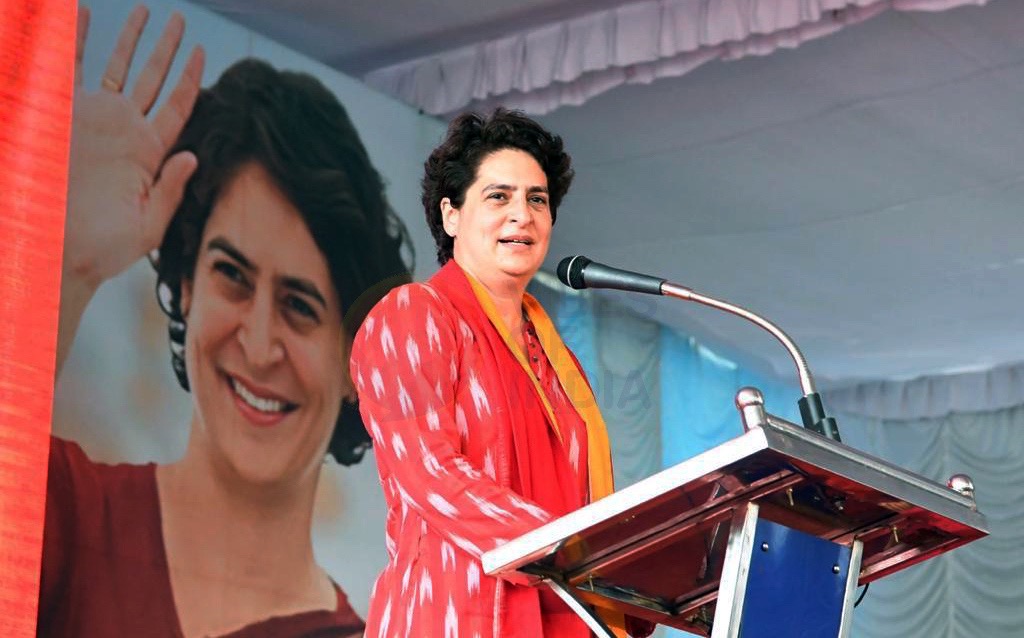
Indira’s son, Sanjay Gandhi, did not opt for a formal post in the Congress — except for a brief stint as AICC general secretary — but was considered on a par with Indira in many organisational and administrative matters. Later, Sanjay’s brother, Rajiv, became AICC general secretary in 1983 when Indira was the Prime Minister. He was given a room next to Indira’s at the party’s 24 Akbar Road headquarters. Rajiv’s words mattered and most ministers in Indira’s cabinet were often seen waiting outside his office.
Sonia’s functional relationship with Rahul between 2006 and 2017 saw a clear demarcation of work when United Progressive Alliance ministers were not encouraged to call on him. But between 2014and 2020, the Sonia-Rahul pair saw a lot of drift, inaction and electoral setbacks even as Priyanka was drafted in as an additional force.
It is against this backdrop that party leaders want Priyanka to play a more active role beyond Uttar Pradesh as and when Rahul returns as full-time Congress president. Priyanka is known to influence Rahul and enjoys excellent rapport with a range of party leaders across the country.
Therefore, the chances of a Rahul-versus-Priyanka narrative are minimal.
A bigger role for Priyanka would strengthen Rahul and reduce the prospects of a Jyotiraditya Scindia-like rebellion. While a protracted political battle is on between Sachin Pilot and Ashok Gehlot in Rajasthan, some Congress well-wishers want Priyanka to step in and assure Pilot of his place in the AICC and direct Ashok Gehlot to induct Pilot supporters in his council of ministers.
As the Congress’s interim chief, Sonia’s hands may be tied and Rahul, with an eye on the AICC chief’s post, is always reluctant to play ball.
Also, Rahul is often seen as antagonistic and far less accommodating towards his party leaders — an approach the Congress has not been used to since the Indira-Sanjay-Rajiv Gandhi era.
In the era of coalition politics, P V Narasimha Rao, Sitaram Kesri and Sonia tried to keep party leaders and regional satraps in good humour. It is in this context that Priyanka’s role becomes vital to the party’s chances of a Congress revival.


